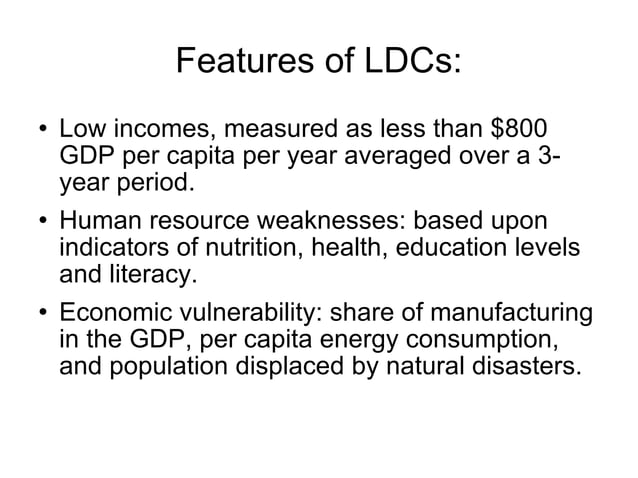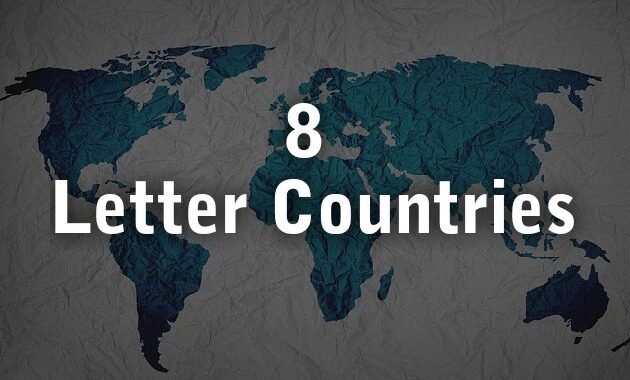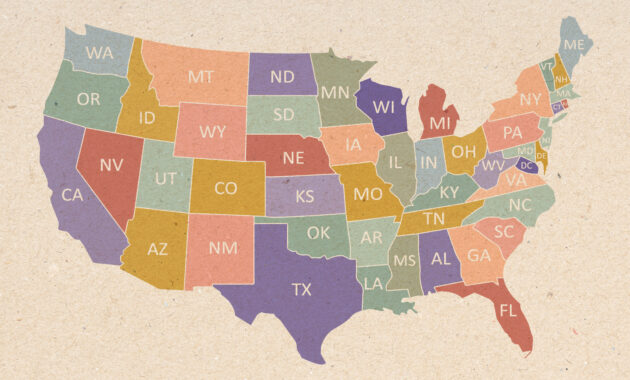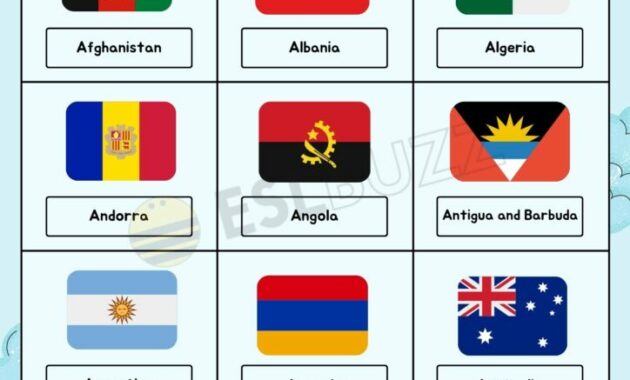Diving into the fascinating world of global economics and development, I often find myself pondering the nuances that separate “developed” from “developing” nations. It’s not a simple black and white distinction, but rather a spectrum with varying degrees of progress and challenges. The term “Less Developed Countries” (LDCs) itself is a broad categorization, encompassing a wide range of nations grappling with unique sets of socio-economic circumstances. What truly defines these nations, and what pathways are they forging towards a more prosperous future?
Less Developed Countries: A Visual Snapshot
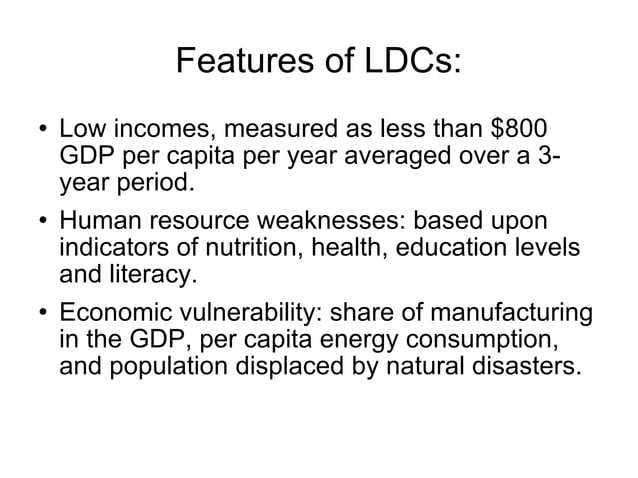
This image provides a visual snapshot of some common characteristics often associated with LDCs. We see recurring themes like a reliance on agriculture, rapid population growth, and the stark reality of poverty. These factors are, of course, interconnected. A heavy dependence on agriculture, especially if characterized by low productivity and limited access to technology, can often lead to economic vulnerability. Fluctuations in global commodity prices, climate change impacts, and limited diversification can severely impact livelihoods and overall economic stability.
High population growth rates, without corresponding investments in education, healthcare, and job creation, can strain resources and exacerbate existing challenges. Overcrowding in urban areas, pressure on infrastructure, and competition for limited opportunities can all contribute to a cycle of poverty. And, of course, poverty itself is a multifaceted issue, encompassing not just a lack of income but also limited access to essential services like clean water, sanitation, healthcare, and education. It can perpetuate itself across generations, hindering social mobility and limiting the potential of individuals and communities.
However, it’s crucial to remember that these are generalizations. Each LDC has its own unique history, culture, and resource endowments. Generalizations, while helpful for understanding broad trends, should not overshadow the specific challenges and opportunities facing individual nations. The path to development is not a one-size-fits-all solution; it requires tailored strategies that address the specific needs and circumstances of each country.
Brazil: A Case Study in Development Complexity
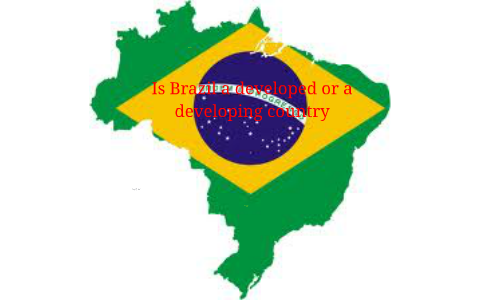
The question of whether Brazil is a “developed” or “developing” country is a particularly interesting one, perfectly illustrating the complexities of categorization. Brazil is a nation brimming with contradictions. It boasts a massive and diverse economy, ranking among the largest in the world. It has significant industrial and agricultural sectors, a vibrant cultural scene, and a growing middle class. However, it also grapples with significant inequalities, persistent poverty in certain regions, and challenges related to environmental sustainability and social justice.
Looking at economic indicators, Brazil has made significant strides in recent decades. It has diversified its economy, reduced its dependence on primary commodity exports, and invested in infrastructure development. However, income inequality remains a major challenge. While a segment of the population enjoys a high standard of living, a significant portion still lives in poverty or faces precarious employment conditions. Access to quality education and healthcare remains unevenly distributed, further perpetuating inequalities.
Social and environmental factors also contribute to the complexity of Brazil’s development status. Deforestation in the Amazon rainforest, driven by agricultural expansion and illegal logging, poses a significant threat to biodiversity and contributes to climate change. Social issues such as crime, corruption, and lack of access to justice disproportionately affect marginalized communities. These challenges highlight the need for a holistic approach to development that addresses not only economic growth but also social equity and environmental sustainability.
So, is Brazil developed or developing? The answer is nuanced. It possesses many characteristics associated with developed nations, such as a large economy, a diverse industrial base, and a growing middle class. However, it also faces significant challenges related to inequality, poverty, and environmental sustainability, which are often associated with developing countries. Perhaps the most accurate description would be a “newly industrialized country” or an “emerging market,” reflecting its transitional status and its ongoing journey towards a more inclusive and sustainable form of development.
Ultimately, the labels we use to categorize countries are less important than understanding the specific challenges and opportunities they face. Focusing on sustainable development strategies, investments in education and healthcare, and efforts to reduce inequality and protect the environment are crucial for all nations, regardless of their categorization. The goal should be to create a world where all people have the opportunity to live healthy, prosperous, and fulfilling lives, and where economic progress is aligned with environmental sustainability and social justice. This requires a collaborative effort, involving governments, businesses, civil society organizations, and individuals, working together to build a more equitable and sustainable future for all.
The path forward for both LDCs and countries like Brazil lies in fostering inclusive growth that benefits all segments of society. This includes investing in human capital through education and training, promoting entrepreneurship and innovation, strengthening governance and institutions, and addressing the root causes of inequality and poverty. It also requires a commitment to environmental sustainability, ensuring that economic progress does not come at the expense of the planet’s resources and ecosystems. By focusing on these key areas, nations can pave the way for a more prosperous and equitable future for all.
If you are looking for Less Developed Countries you’ve visit to the right web. We have 5 Pics about Less Developed Countries like Is Brazil a developed or a developing country by caitlin edmonds on Prezi, Developed Vs. Less Developed Countries. by vicktoria york on Prezi and also Less Developed Countries. Read more:
Less Developed Countries
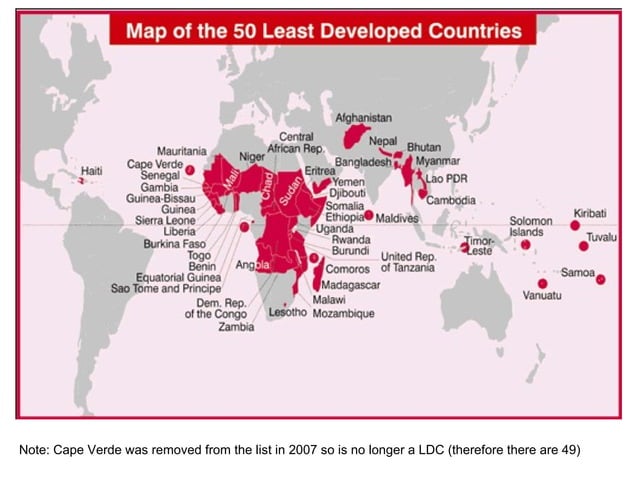
www.slideshare.net
Is Brazil A Developed Or A Developing Country By Caitlin Edmonds On Prezi

prezi.com
brazil developed country developing
Less Developed Countries
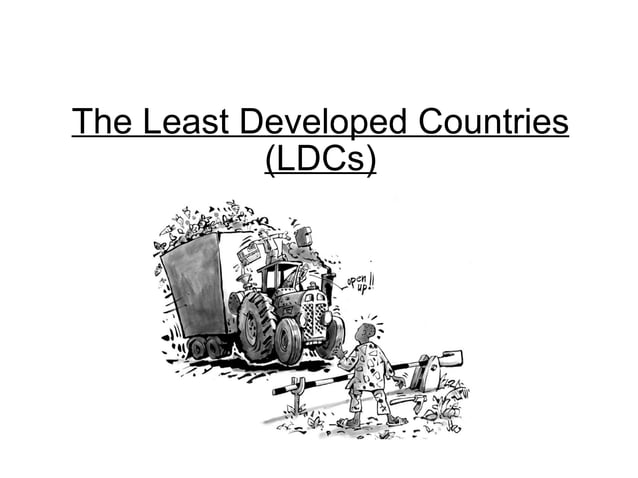
www.slideshare.net
Developed Vs. Less Developed Countries. By Vicktoria York On Prezi
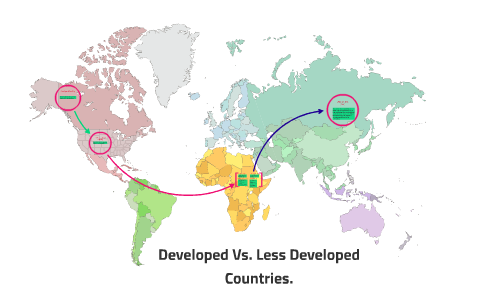
prezi.com
developed countries
Less Developed Countries

www.slideshare.net
Less developed countries. Less developed countries. Is brazil a developed or a developing country by caitlin edmonds on prezi

